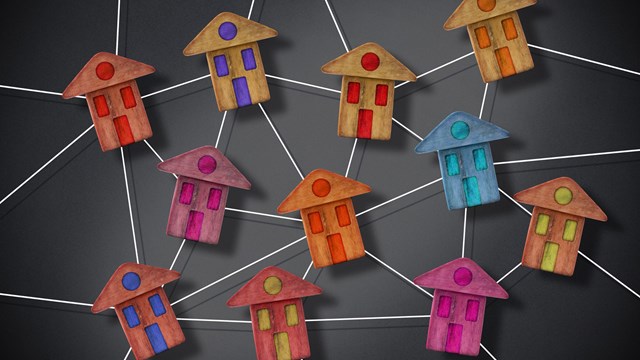
Q Periodically, the board of directors of our condominium encounters a situation where water leaks intermittently from one apartment to the apartment directly beneath (and/or adjacent units). More often than not, this is due to water dripping onto the bathroom floor or lack of maintenance of caulking around fixtures or issues with the grouting in the bathroom. Although this is an owner-to-owner issue and fairly easily resolved, the owner of the unit causing the leak is demanding that the condominium prove it is not any of its pipes prior to them calling in a plumber and making the necessary repairs to their bathroom and the apartment below. Needless to say, the leak being intermittent and the unit impacted not reporting the next occurrence of seeing water drip only complicates matters, yet the impacted owner wants the problem remedied as soon as possible. I’m confident other condominiums must have encountered this problem and am seeking any guidance or recommendations towards a solution.
—Springing a Leak
“The first issue in this analysis is a determination of what is a common element. A typical master deed will set forth specific definitions of ownership and maintenance responsibilities, and may include a detailed chart of maintenance responsibilities. These governing documents must be reviewed carefully. Often there is a distinction made between the ‘unit,’ ‘limited common elements’ and ‘general common elements.’ Typically, general common elements include the types of piping that is alleged by the above unit owner here to be the source of the water infiltration.
“When the leak is intermittent or the owner of the unit incurring the damage fails to timely report it, the source of the leak can be very difficult to determine without the help of an experienced plumber or leak detection service. In such a case, the owner of the above unit might deny liability and demand an inspection by the association to determine whether the leak emanates from a common element, despite knowledge of water leaking from their unit. If it appears that there is a good faith basis for the above unit owner to claim that the leak is coming from a common element, the association should undertake some investigation to ensure that the leak is not in any way related to a common element.
“Failure to conduct an investigation could result in continuing and escalating damage and therefore greater ultimate liability for the association should a common element turn out to be a contributing source of water infiltration. Once the common elements are ruled out, the association can then leave it up to the owners of the involved units to address the problem among themselves, and their insurance carriers, if applicable. The association may offer, and in some circumstances may be required to offer, its alternate dispute resolution procedures to the parties.”






Leave a Comment